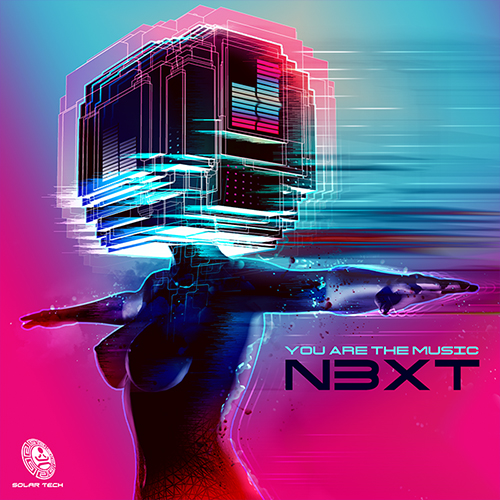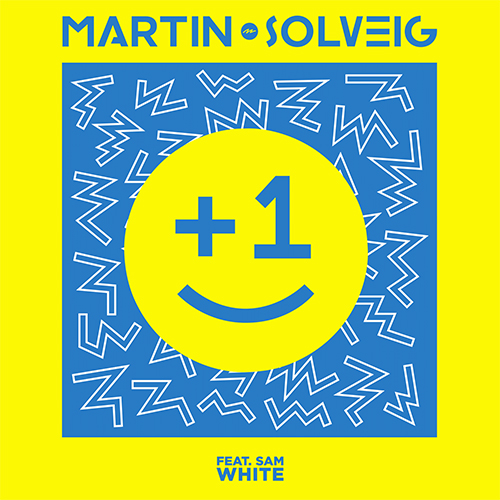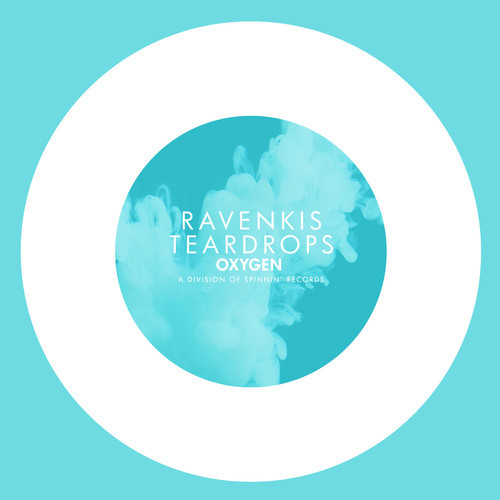-
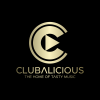 play_arrow
play_arrow
Clubalicious Clubalicious Radio
-
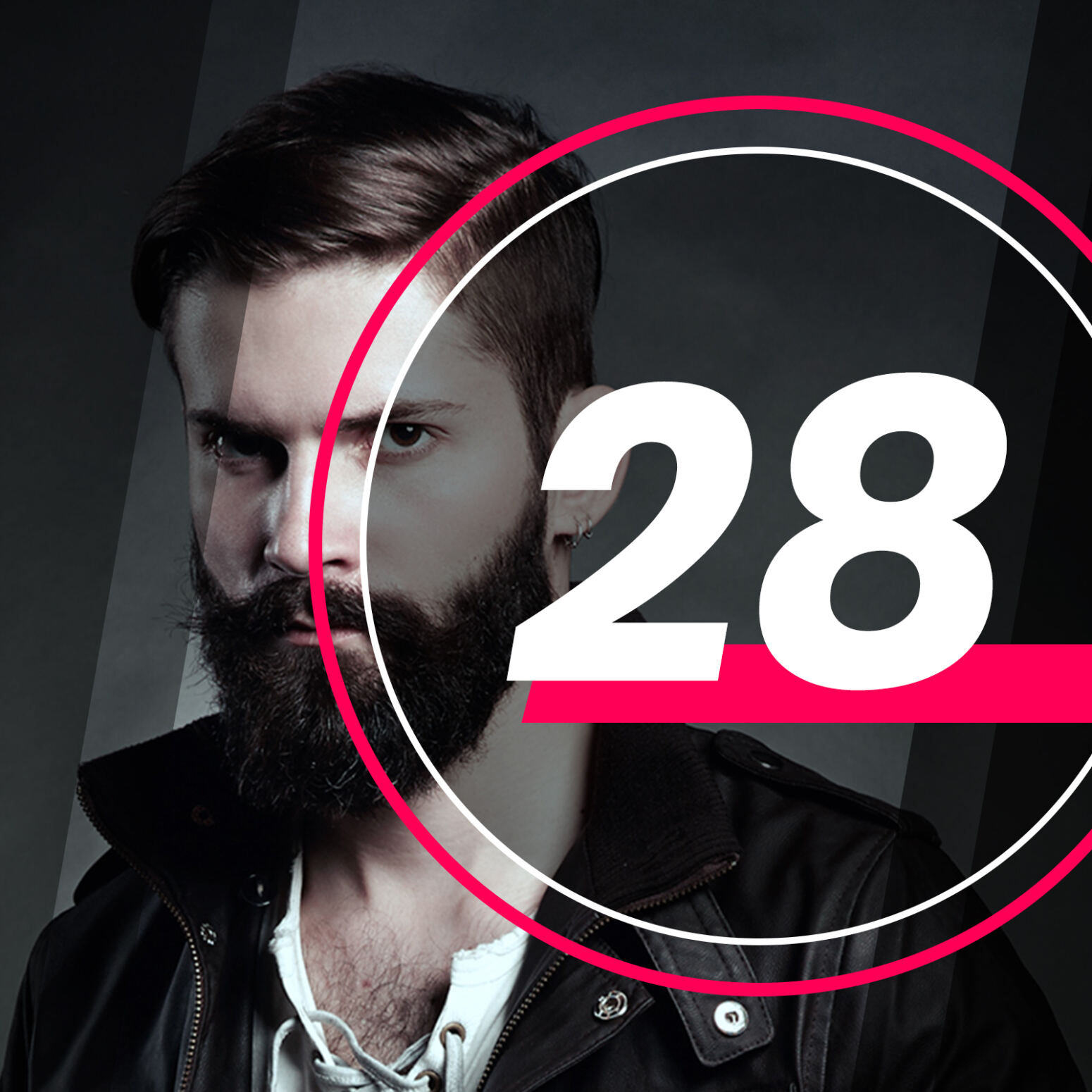 play_arrow
play_arrow
London Calling Podcast Yana Bolder


New York, NY (February 4, 2025)—If you’re a recordist and recently sat down in a theater to see James Mangold’s A Complete Unknown, which focuses on Bob Dylan and his early years in New York, you no doubt were thrilled to see an authentic re-creation of Columbia Records’ Studio A, where the artist recorded some of his most iconic records. As you probably guessed, this was no throw-it-together, generic studio set. It was real—and what you heard was what you saw onscreen. Those mics were switched on.
“It’s about building a space that feels like the real thing,” says Mangold, noting that his goal was to give the audience the experience of watching a real recording session. “I tried not to do a ‘Disney’s Hall of Presidents.’ I’m a music fan, and I know what went on in these rooms. You can overcompensate by shooting it in some kind of ‘holy’ style, telegraphing the ‘importance’ of the room. The reality of these spaces where great things happened is that they are mundane, as well as beautiful. They’re cathedrals, but they’re also workplaces. They’re overrun with cables and notepads and drinks someone didn’t finish—and more cable.”

Mangold tasked his production designer, Francois Audouy, with forensically rebuilding Studio A as it appeared in the thousands of photographs taken of Dylan at work there over the years (often by photographer Don Hunstein, who is portrayed shooting a session in the film). “It’s an exact re-creation of Studio A,” the designer states, complete with wall elements/ columns between portions of the control room window, as the real studio had.
AUTHENTIC GEAR, NOT PROPS
Essential to that re-creation was the use of whatever gear producers John Hammond and Tom Wilson, and engineer Roy Halee, used in the early 1960s to make those recordings. To do that, Audouy enlisted experienced prop master Michael Jortner.
“The task became identifying all of the individual microphones, stands, recording equipment, cable connectors—everything,” Jortner says. “That was done with a combination of a lot of research and finding some local sources that actually own the equipment that were able to rent to us.”
Jortner turned to several sources, including Sonic Circus, located in Townshend, VT. “They’re great collectors of studio equipment from over the years,” he says, “but everything is in various states of working condition, so we were cherry-picking from what they had to find things that were in working order.” Those finds included numerous Neumann mics, Altec “saltshaker” mics and a few of the RCA 77Xs Dylan is seen using in a 1961 studio scene.

Jortner also worked with Joshua Lutz, a former Electric Lady Studios engineer who maintains an incredible collection of vintage mics. “Josh was instrumental for us, coming to our Studio A set every day, helping to set up all of the equipment,” Jortner notes. “He built one or two racks for us, for the control room part of the set, with equipment we had assembled.”
A total of 43 period microphones were used throughout the film, both in studio sequences and in live performances. Tod Maitland, the film’s renowned production sound mixer, took advantage of the options. “I wanted a different texture of sound for every different venue we filmed,” he explains, “so anything that was a show, where they had microphones in front of them, we would use different microphones, progressing them as time went on, to help illustrate the progression of microphone development in those years.”
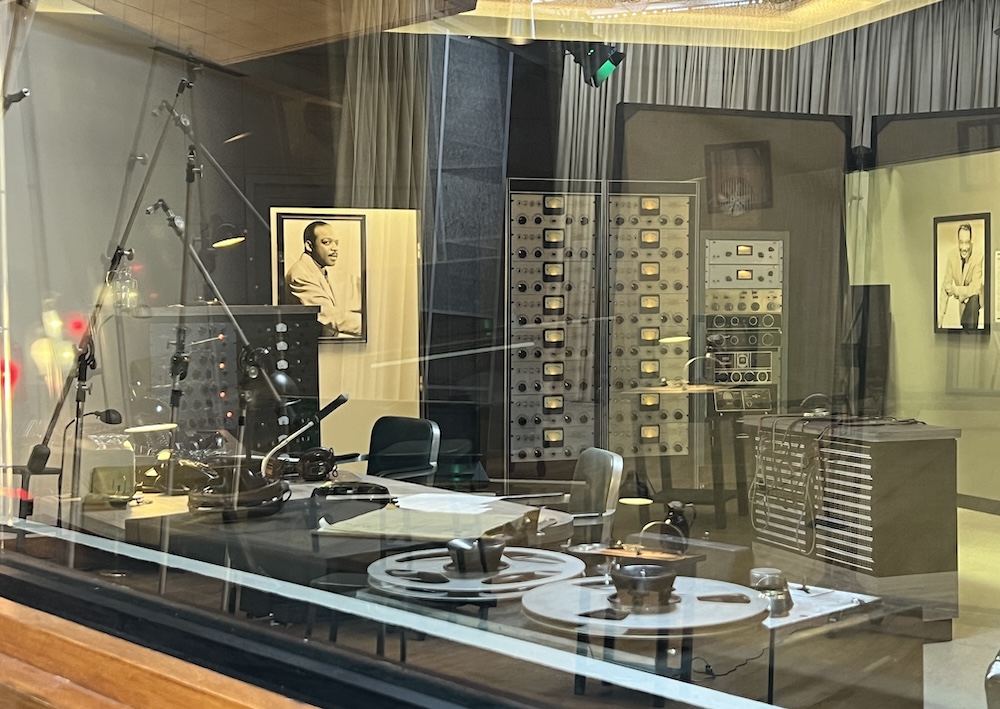
The control room on the set featured a replica of the original mixing console, though only a portion could be sourced, with the remaining part built by the Art Department based on original design drawings.
“Sonic Circus had the central part of the desk, but the original also had wings on either side,” Jortner says. “We had the Construction Department build those to spec, and we bought all the chickenhead knobs for it, and LED lights.” The Ampex tape machines were borrowed from working studios in Brooklyn.
And what historical session re-creations would be complete without accurate representations of the instruments that were used, as seen in photos and heard on records? While they were sourced from a variety of places, Jortner says, “Gibson provided some for us. They provided Bob’s 1961 J-50 acoustic, and they had done a reissue of the Nick Lucas model from 1963,” with a second copy purchased in Italy. A number of others, such as the Fender Jazzmaster bass and Mike Bloomfield’s Fender Telecaster, were also purchased, as was the Jazzmaster guitar Al Kooper brought to the “Like a Rolling Stone” session, expecting to be playing guitar before ending up playing his now-iconic Hammond B3 part instead.
“We tried to stay as close as we could, in years, to everything,” Jortner says. “Obviously, some of the Telecasters and Stratocasters from the mid-’60s have now become quite collectible—and expensive.” That required Dylan’s Sunburst Stratocaster to be built for the film, tapping guitar expert Remy De la More of North Hollywood-based History for Hire to bring it together. “It’s correct, down to the serial number plate on the back.”
Jortner even tracked down one very important, special instrument seen in the film: the Acme Police Siren that Dylan blows at the beginning of “Highway 61,” amusing his bandmates in the scene. The company, Jortner says, still makes them.
COME BACK TOMORROW FOR THE CONCLUSION!
Written by: Admin
Similar posts
Recent Posts
- 🎶 New Music: JID, OneRepublic, Morgan Wallen, Post Malone, MarkCutz, Kidd Spin + More!
- Classic Tracks: The Fireballs’ “Sugar Shack”
- Classic Tracks: Arlo Guthrie’s “City of New Orleans”
- Classic Track: k.d. lang’s “Constant Craving”
- Classic Tracks: Waylon Jennings’ “Are You Sure Hank Done It This Way”
Recent Comments
No comments to show.Featured post
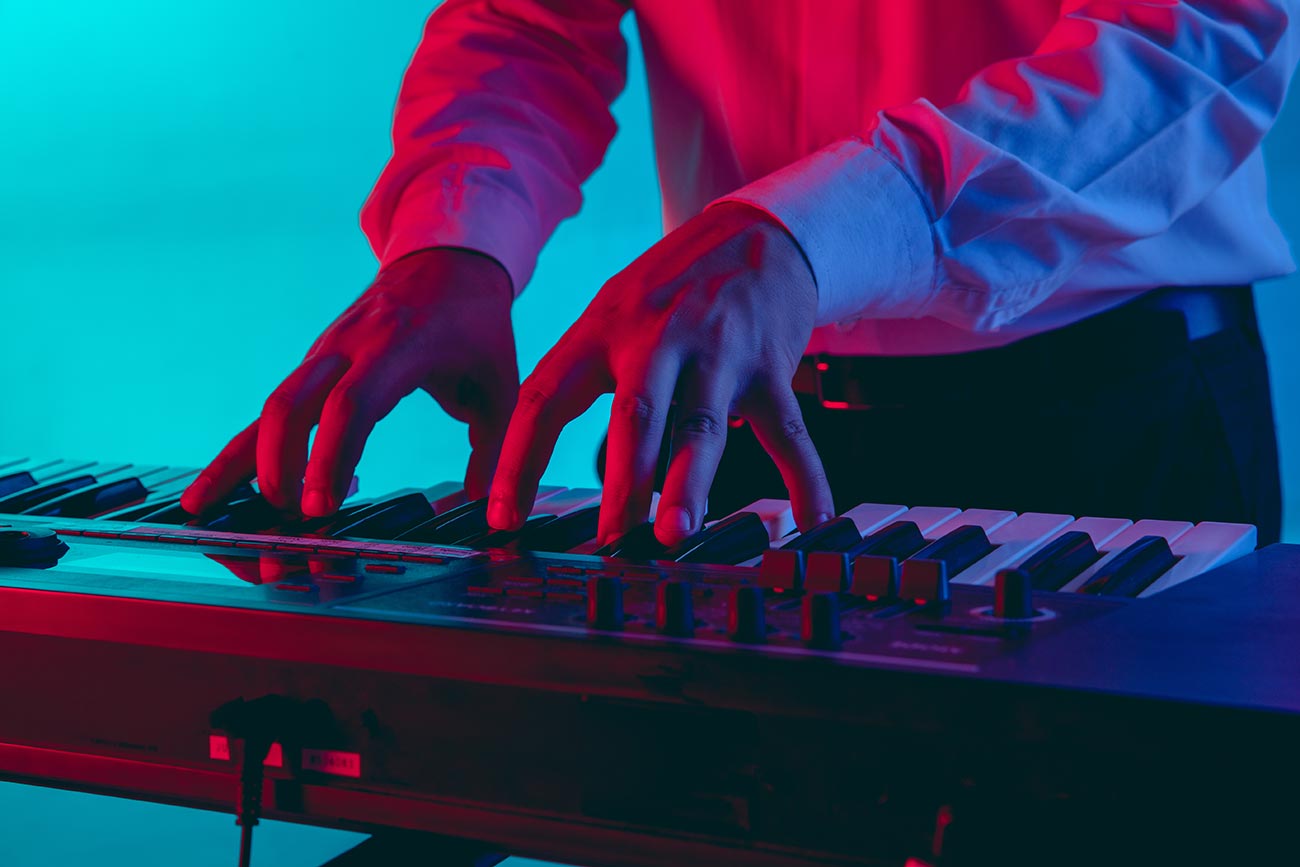
Latest posts

🎶 New Music: JID, OneRepublic, Morgan Wallen, Post Malone, MarkCutz, Kidd Spin + More!

Classic Tracks: The Fireballs’ “Sugar Shack”

Classic Tracks: Arlo Guthrie’s “City of New Orleans”

Classic Track: k.d. lang’s “Constant Craving”

Classic Tracks: Waylon Jennings’ “Are You Sure Hank Done It This Way”
Current show
Upcoming shows

Martin Garrix
Martin Garrix
19:00 - 20:00
Stereo Productions
Chus Ceballos
20:00 - 21:00
Beat Life Matters
Beat Life Matters
21:00 - 22:00
Love To Be
The Global Connection
00:00 - 02:00
Fresh Is Fresh
THIS WEEKS HOTTEST DANCE RELEASES FROM DEE JAY PROMOTIONS
02:00 - 07:00Chart






